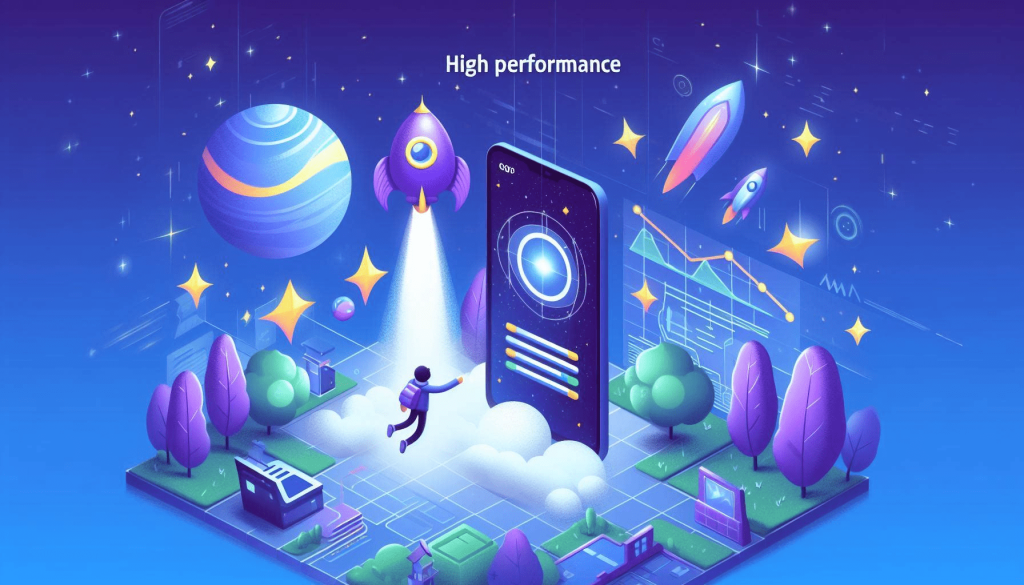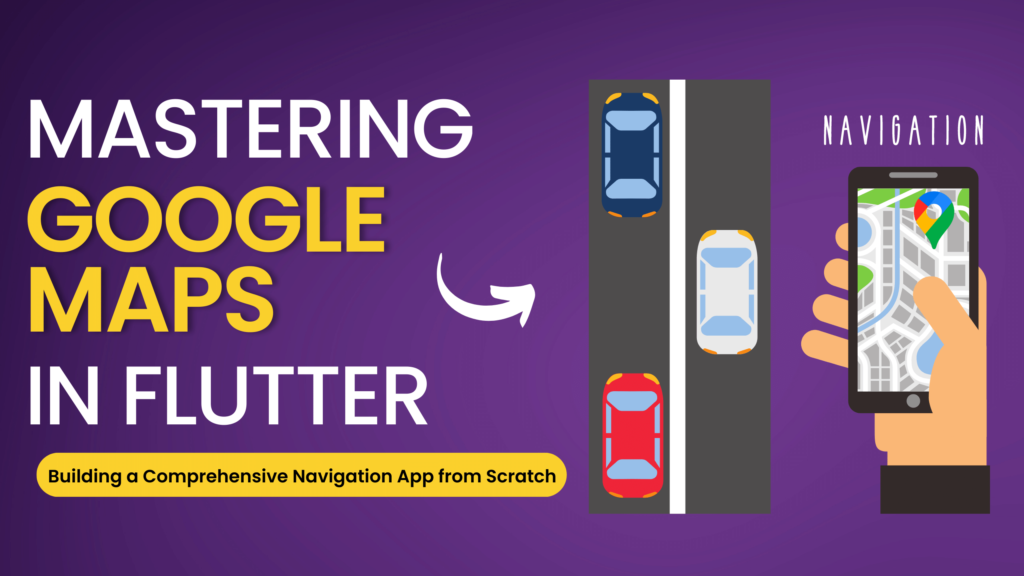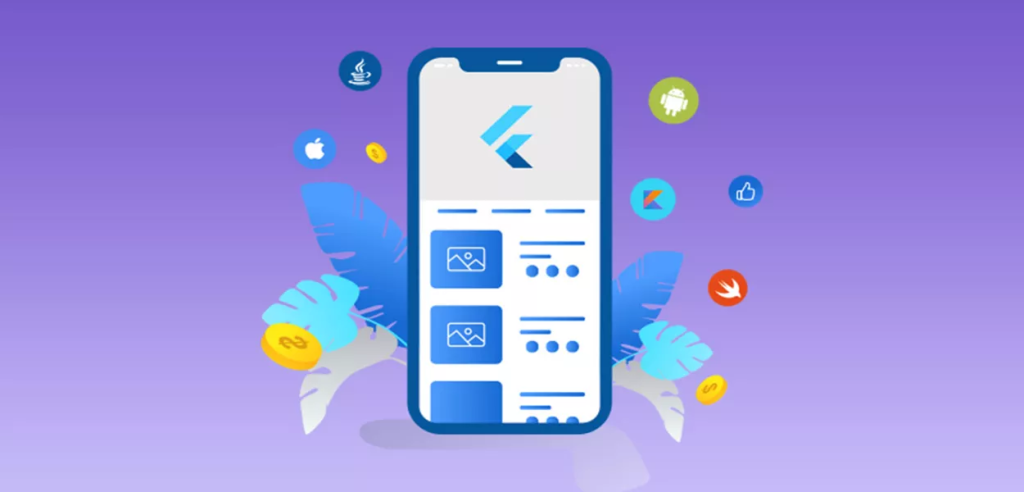In the world of mobile application development, Flutter has emerged as a game-changer. Developed by Google, Flutter is an open-source UI toolkit that allows developers to build natively compiled applications for mobile, web, and desktop from a single codebase. It’s known for its fast development, expressive and flexible UI, and native performance.
However, creating a successful mobile application involves more than just an attractive UI and seamless functionality. One of the critical factors that can make or break your app’s success is its performance. Performance in mobile apps is about speed and efficiency. An app that loads quickly, runs smoothly, and uses resources efficiently will always provide a better user experience than an app that is slow, unresponsive, or resource-intensive.
Setting and achieving high performance goals in your Flutter apps can significantly enhance the user experience, leading to higher user engagement, satisfaction, and ultimately, success of your app. In this article, we will explore how to set performance goals and achieve them in Flutter app development.
Understanding Performance in Flutter
In the context of Flutter apps, performance typically refers to how quickly and smoothly your app runs. It’s about ensuring that your app responds instantly to user input, renders frames of your app’s UI at a constant 60 frames per second (the standard for smooth visual rendering), and efficiently uses the device’s resources.
Performance in Flutter is influenced by several factors:
- Efficient Code: The efficiency of the Dart code you write has a significant impact on the performance of your Flutter app. Unoptimized or inefficient code can lead to slow app performance.
- Widget Rendering: Flutter uses a tree of widgets to represent the app’s UI. The efficiency of rendering these widgets affects the smoothness of the app’s visuals. Overdraw (drawing the same pixel multiple times within a single frame) and unnecessary widget rebuilds can degrade performance.
- Memory Usage: Efficient use of memory resources is crucial for app performance. Memory leaks, where unused memory isn’t released, can lead to reduced performance and even app crashes.
- Asset Size: The size of the assets (like images, fonts, etc.) used in your app can affect its load time and thus its performance. Larger assets take longer to load and use more memory.
- Concurrency: Dart uses a single-threaded model of execution but supports asynchronous operations through its
Futureandasync/awaitsyntax. Proper use of these features can improve your app’s responsiveness. - Animations: Smooth, jank-free animations are a key part of a high-performing app. Long-running Dart computations can cause animations to skip frames, leading to janky animations.
Understanding these factors can help you set realistic performance goals and identify areas of your Flutter app that can be optimized for better performance. In the next section, we’ll discuss the importance of setting performance goals in Flutter development.
The Need for Performance Goals in Flutter Development
Setting performance goals in Flutter app development is crucial for several reasons:
- User Experience: The performance of an app directly impacts the user experience. A high-performing app that responds quickly to user input and runs smoothly provides a much better user experience than a slow or unresponsive app. By setting and striving to achieve performance goals, you can ensure that your app delivers a great user experience.
- Resource Efficiency: Efficient use of device resources such as CPU, GPU, and memory is an important aspect of app performance. Setting performance goals can help you focus on optimizing your app’s resource usage, leading to a more efficient and responsive app.
- Competitive Advantage: In today’s competitive app market, performance can be a key differentiator. Users are likely to choose an app that performs well over a similar app that doesn’t. By setting and achieving performance goals, you can give your app a competitive edge.
- App Success: The success of your app in the market is closely tied to its performance. Users are more likely to rate an app highly, recommend it to others, and continue using it if it performs well. Therefore, setting performance goals can contribute to the overall success of your app.
Setting performance goals in Flutter development is not just about making your app run faster. It’s about delivering a superior user experience, using device resources efficiently, gaining a competitive advantage, and ultimately, making your app more successful. In the next section, we’ll discuss how to set effective performance goals for your Flutter app.
Setting Performance Goals for Your Flutter App
Setting performance goals for your Flutter app involves defining what you want to achieve in terms of the app’s speed, responsiveness, and resource usage. Here’s how you can set realistic and measurable performance goals:
- Identify Key Performance Indicators (KPIs): KPIs are metrics that help you measure the performance of your app. In the context of a Flutter app, KPIs might include frame rendering time, CPU usage, memory usage, and load time.
- Set Realistic Goals: It’s important to set goals that are achievable. Unrealistic goals can lead to frustration and may not provide any real benefit to your app or its users. Consider the capabilities of Flutter and the resources available on your target devices when setting your goals.
- Make Your Goals Measurable: A goal without a measurable outcome is like a sports competition without a scoreboard. Make sure your performance goals are quantifiable. For example, instead of setting a goal to “reduce memory usage,” set a goal to “reduce memory usage by 20%.”
- Monitor Your Progress: Regularly check your progress towards your goals. Use Flutter’s performance profiling tools to measure your app’s performance and see if you’re moving closer to your goals.
When setting performance goals, consider the following factors:
- User Expectations: Consider what your users expect from your app. If your app is a game, users might expect high frame rates and low latency. If it’s a news app, users might value quick load times and smooth scrolling.
- Device Capabilities: The performance of your app can be limited by the capabilities of the devices it runs on. Consider the average CPU speed, memory size, and network speed of your target devices when setting your goals.
- App Complexity: The complexity of your app can affect its performance. A simple app with a few screens and minimal functionality will have different performance characteristics than a complex app with many screens, complex UIs, and intensive computations.
By considering these factors and following the above steps, you can set realistic and measurable performance goals for your Flutter app. In the next section, we’ll discuss strategies to achieve high performance in Flutter.
Strategies to Achieve High Performance in Flutter
Achieving high performance in Flutter involves writing efficient code and using the right tools and techniques for performance testing and optimization.
Best Practices for Writing Efficient Code in Flutter
- Minimize Widget Rebuilds: Widgets are the building blocks of a Flutter app’s UI. Every time you change the state of a widget, Flutter rebuilds that widget. Minimizing unnecessary widget rebuilds can improve your app’s performance.
- Avoid Overdraw: Overdraw happens when the same pixel is drawn multiple times in a single frame. This can happen when widgets overlap. Avoiding overdraw can improve rendering performance.
- Use
constWidgets Where Possible: When you use theconstkeyword with a widget, Flutter doesn’t need to rebuild that widget if its parent changes. This can improve performance. - Leverage Flutter’s Performance Best Practices: Flutter provides a number of performance best practices, such as using keys wisely, avoiding anti-patterns, and more. Familiarize yourself with these and apply them in your code.
Tools and Techniques for Performance Testing and Optimization in Flutter
- Flutter DevTools: Flutter DevTools is a suite of performance tools for Flutter apps. It includes a widget inspector, a timeline view to help you diagnose your application at a frame-by-frame level, a memory profiler, and more.
- PerformanceOverlay Widget: The PerformanceOverlay widget shows performance statistics in an overlay on top of your app. It can help you identify performance issues.
- Tracing with
dart:developer: Thedart:developerlibrary provides functions that allow you to start and stop a timeline trace for your Dart code. This can help you identify performance bottlenecks. - Profile Mode: Flutter’s profile mode compiles and launches your application similar to release mode, but with some additional profiling functionality enabled. This can help you measure your app’s performance.
By following these best practices and using these tools and techniques, you can write efficient code and optimize the performance of your Flutter app. In the next section, we’ll look at a case study of achieving performance goals in a real-world Flutter app.
Case Study: Achieving Performance Goals in a Real-World Flutter App
Let’s consider a real-world example of a Flutter app that set and achieved high performance goals. For the sake of this case study, let’s call the app “FlutterFit,” a fitness app that provides workout routines, diet plans, and tracks user progress.
Setting Performance Goals
The FlutterFit team identified key performance indicators (KPIs) such as app load time, frame rendering time, and memory usage. They set a goal to have the app load within 2 seconds, render frames at 60 FPS (frames per second), and not exceed memory usage of 150 MB on any device.
Strategies Used
- Efficient Code: The team followed best practices for writing efficient Dart code. They minimized widget rebuilds, avoided overdraw, and used
constwidgets where possible. - Performance Testing: They used Flutter DevTools for performance profiling. They regularly checked their progress towards their goals using the performance overlay widget and tracing with
dart:developer. - Optimization: Based on the insights from performance testing, they optimized their code. They fixed memory leaks, reduced asset sizes, and improved the efficiency of widget rendering.
Challenges Faced and Overcome
During the development process, the team faced a few challenges. The app was initially exceeding the memory usage goal. Upon investigation using the memory profiler in Flutter DevTools, they found that large images were causing memory spikes. They overcame this by optimizing the images and implementing caching.
Another challenge was ensuring smooth animations. Some complex animations were causing frame rendering to drop below 60 FPS. The team used the performance overlay and timeline in Flutter DevTools to identify the cause. They found that some Dart computations were blocking the UI thread and causing frames to skip. They overcame this by moving these computations to a background isolate.
Achieving Performance Goals
Through these strategies and solutions to challenges, the FlutterFit team was able to achieve their performance goals. The app now loads within 2 seconds, consistently renders at 60 FPS, and stays within the memory usage limit. This case study demonstrates that with careful goal setting, diligent performance testing, and effective optimization, it’s possible to achieve high performance in a Flutter app.
This case study should provide a practical perspective on how to set and achieve performance goals in Flutter app development. In the next section, we’ll wrap up the article with a conclusion.
Conclusion
In the fast-paced world of mobile app development, performance is a key factor that can set your app apart. As we’ve seen in this article, setting and achieving performance goals in your Flutter apps is not just about speed and efficiency. It’s about delivering a superior user experience, using device resources efficiently, gaining a competitive advantage, and ultimately, making your app more successful.
We’ve explored what performance means in the context of Flutter apps, the importance of setting performance goals, and how to set realistic and measurable goals. We’ve also looked at strategies for writing efficient code and tools for performance testing and optimization in Flutter. The case study of the FlutterFit app provided a practical perspective on how these concepts apply in a real-world scenario.
As you embark on your next Flutter project, I encourage you to set your own performance goals. Use the strategies and tools we’ve discussed to achieve these goals. Remember, a high-performing app not only delights its users but also stands out in the competitive app market.
Keep pushing the boundaries of what’s possible with Flutter, and happy coding! 😊





